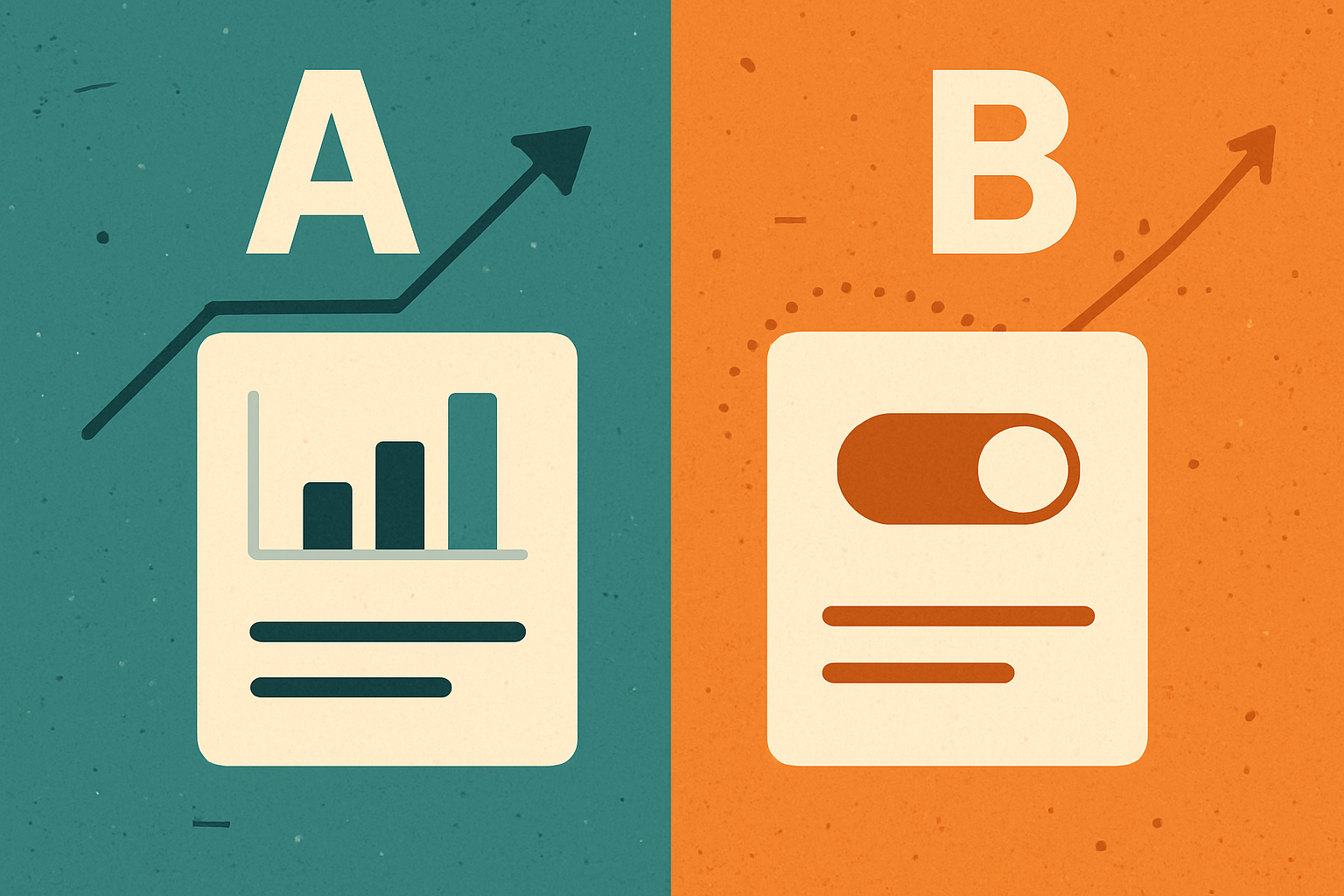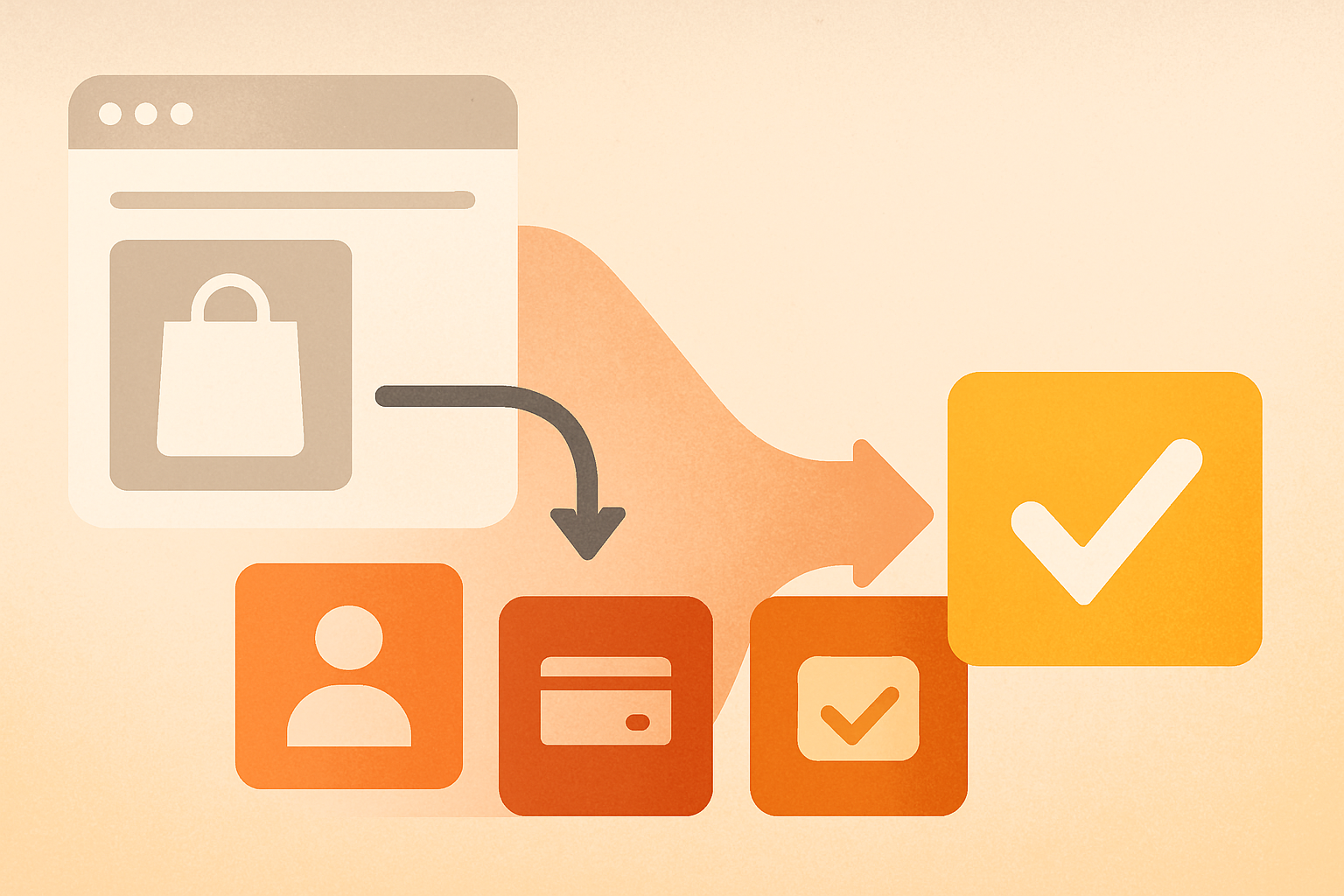Shape & Tone Asthetics
Driving Higher-Quality Leads with a High-Intent Keyword Strategy and Capacity-Aware Optimisation

The Brief
As a recently launched business, this client had begun testing paid search through a third-party provider. While early campaigns had generated some traffic, the client felt the approach lacked transparency and strategic depth—especially given that paid search was responsible for approximately 70% of their website traffic and the majority of their inbound leads. They were looking for greater visibility into performance, more hands-on day-to-day involvement, and a clearer path toward scalable growth.
The business operated in the non-surgical cosmetic treatment space, where many services were delivered as part of multi-week programmes. This made local convenience a critical factor—users needed to be within easy reach of the clinic to commit to ongoing treatments. As a result, campaigns had to be carefully tailored to capture both relevant geographic traffic and users with high intent to follow through on bookings.
Operational capacity was also a key consideration. However, there was scope to expand if demand proved consistent enough to cover additional overheads of staff and equipment. This meant the initial strategy had to be flexible—capable of driving steady lead flow, but also responsive enough to pause or pivot if availability became constrained.
The Solution – Google Analytics Setup
The first priority was resolving a fundamental gap in the client’s previous activity: conversion tracking had never been implemented. To address this, we set up a complete tracking plan, then implemented the technical setup using Google Tag Manager, GA4, and integration with their booking platform. Key actions tracked included:
-
Consultation Bookings – Captured via the Fresha platform integration.
-
Contact Form Submissions – Tracked using on-site form event triggers.
-
Phone Calls – Enabled through Google Ads’ native call tracking, avoiding third-party platform costs.
While this setup captured lead volume, it was also important to gauge lead quality. Given the early stage of the business and limited cash flow, we opted for a simplified approach: tracking total bookings and associated revenue outside the ad platform using internal CRM data. With paid search driving the majority of leads, this method provided a strong directional indicator of campaign performance—without the additional cost and workload of a full end-to-end tracking solution.
We also accounted for the longer sales cycle typical of this industry, where users often take 1–2 weeks to move from consultation to committing to a course of treatments. This was lag was tracked by updating all data in weekly reporting, not just the most recent.
The final setup was straightforward but effective; delivering essential visibility into lead generation and conversion outcomes using tools already available to the business.
The Solution – Paid Search
The account’s existing structure consisted of a single campaign with a small number of ad groups combining both brand and non-brand terms. The targeting leaned heavily towards upper-funnel keywords such as “fat reduction” and “weight loss”—broad, general terms that often attract low-intent traffic.
We shifted the keyword strategy to focus on specific procedures like laser lipo and body contouring, which sit lower in the funnel and reflect stronger user intent. These searches typically come from individuals who already understand the treatments and are closer to booking—making them far more likely to convert.
While upper-funnel terms were retained, they were split into a separate campaign to allow for tighter budget control. This segmentation ensured that lower-funnel keywords could be prioritised, while broader traffic could be activated strategically—specifically when availability opened up and additional lead volume was needed to fill gaps in a appointment availability.
This structure allowed the account to flex with operational needs. During busy periods, spend could be focused on high-converting terms, resulting in fewer but cheaper leads. When appointments needed to be filled, upper-funnel campaigns could be reactivated to drive traffic at scale. This floating CPA target avoided waste spend, while maximising efficiency.
The new conversion tracking setup provided the insights needed to refine this strategy further. Poor-performing keywords were paused, strong performers expanded, and geo-targeting experiments were introduced—extending reach along key travel corridors and opening up new, data-backed opportunities for growth.
Results
The revised strategy delivered immediate improvements in conversion performance. With a more focused keyword approach and tighter campaign segmentation, conversion rates increased significantly—enabling more leads to be generated at a lower cost per acquisition, all while reducing overall spend.
Crucially, the quality of leads also improved. With conversion tracking now in place and leads monitored through to actual bookings, it became clear that a higher percentage of enquiries were turning into confirmed appointments. This not only validated the new targeting approach but also reinforced the value of focusing on lower-funnel intent.
Importantly, these results were achieved despite intentionally limiting campaign volume at times due to appointment availability. Even with constrained capacity, the account delivered strong performance—laying a solid foundation for future scaling as the business grows.
Key Actions
- Set up full conversion tracking to monitor lead volume and quality. Enabled performance insights by tracking consultations, form fills, calls, and downstream bookings.
- Restructured campaigns for better segmentation and budget control. Split brand, procedure-specific, and upper-funnel terms to prioritise high-intent traffic.
- Shifted keyword focus to lower-funnel, treatment-specific terms. Targeted users more likely to convert with precise, service-led search intent.
- Adapted campaign activity based on real-time appointment availability. Scaled spend up or down dynamically to match operational capacity.
- Used performance data to refine targeting and explore local expansion. Improved efficiency and tested geo-targeting to identify new growth opportunities.



